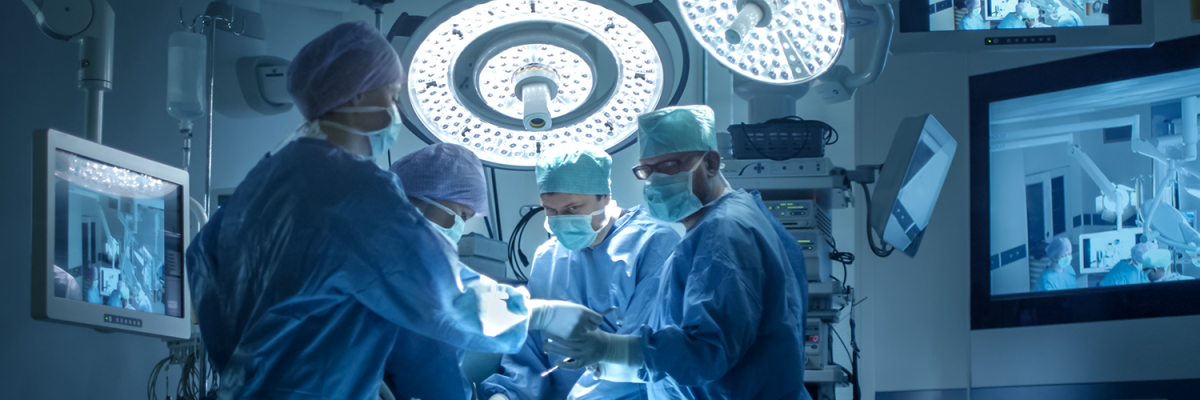Article

September 2016
How should the Medical Device Industry handle large Acquisitions?
By Carolyn Simons and Bob Hackley
A 2011 study in the Harvard Business Review, written by Christensen, Alton, Rising and Waldeck states that approximately 80% of all mergers and acquisitions fail for two primary reasons: unrealistic expectations of increased performance and failure to redirect the acquired company to a more positive future. These two challenges loom particularly large in the medical device industry given its highly technical products and the complexity of managing increasingly global operations.
Despite these challenges, the medical device industry has seen robust M&A activity and record breaking deals in the past few years. As companies have looked to build scale and enhance product offerings, they have also shown a clear preference for acquiring new and innovative technologies to add to their product portfolios as developing those technologies in house will take more time than they would like.
Major mergers and acquisitions of the recent past have included:
For more information on medical device M&A trends and other healthcare topics, please contact Carolyn Simons, Partner at csimons@kingslygate.com.
A 2011 study in the Harvard Business Review, written by Christensen, Alton, Rising and Waldeck states that approximately 80% of all mergers and acquisitions fail for two primary reasons: unrealistic expectations of increased performance and failure to redirect the acquired company to a more positive future. These two challenges loom particularly large in the medical device industry given its highly technical products and the complexity of managing increasingly global operations.
Despite these challenges, the medical device industry has seen robust M&A activity and record breaking deals in the past few years. As companies have looked to build scale and enhance product offerings, they have also shown a clear preference for acquiring new and innovative technologies to add to their product portfolios as developing those technologies in house will take more time than they would like.
Major mergers and acquisitions of the recent past have included:
- Actavis’ acquisition of Allergan for $70.5 billion
- Medtronic’s acquisition of Covidien for $50 billion
- Zimmer Holdings’ acquisition of Biomet for $14 billion
- Greatbatch, Inc.’s acquisition of Lake Region Medical for $1.7 billion
- Alignment – Determine which of the company’s core businesses align with the stated strategic plan and the vision for the company moving forward. Have a clear idea of what businesses you will keep and how you will deal with the ones you will not.
- Talent – Assess your combined talent. Decide what talent you need as you integrate and continue to grow the company and what talent is redundant and will no longer be required. Act quickly as time does not work in your favor for either morale or financial results.
- Planning – Have a firm and easily understood organizational structure for the integrated company. Make it clear if it is a new design or a restructure and identify who will oversee and champion the integration plan.
- Communication – Establish a communication plan that will go into effect on day one. Encourage all staff to stay open minded and keep them in the loop so they don’t think the worst. Update them regularly so that they feel like an important part of the company’s transition.
- Culture – Be transparent on how you intend to meld the corporate cultures. Define the goals and vision for the new company and instill them in everything you do. Appoint a team of “Culture Champions” who will carry the torch.
For more information on medical device M&A trends and other healthcare topics, please contact Carolyn Simons, Partner at csimons@kingslygate.com.



